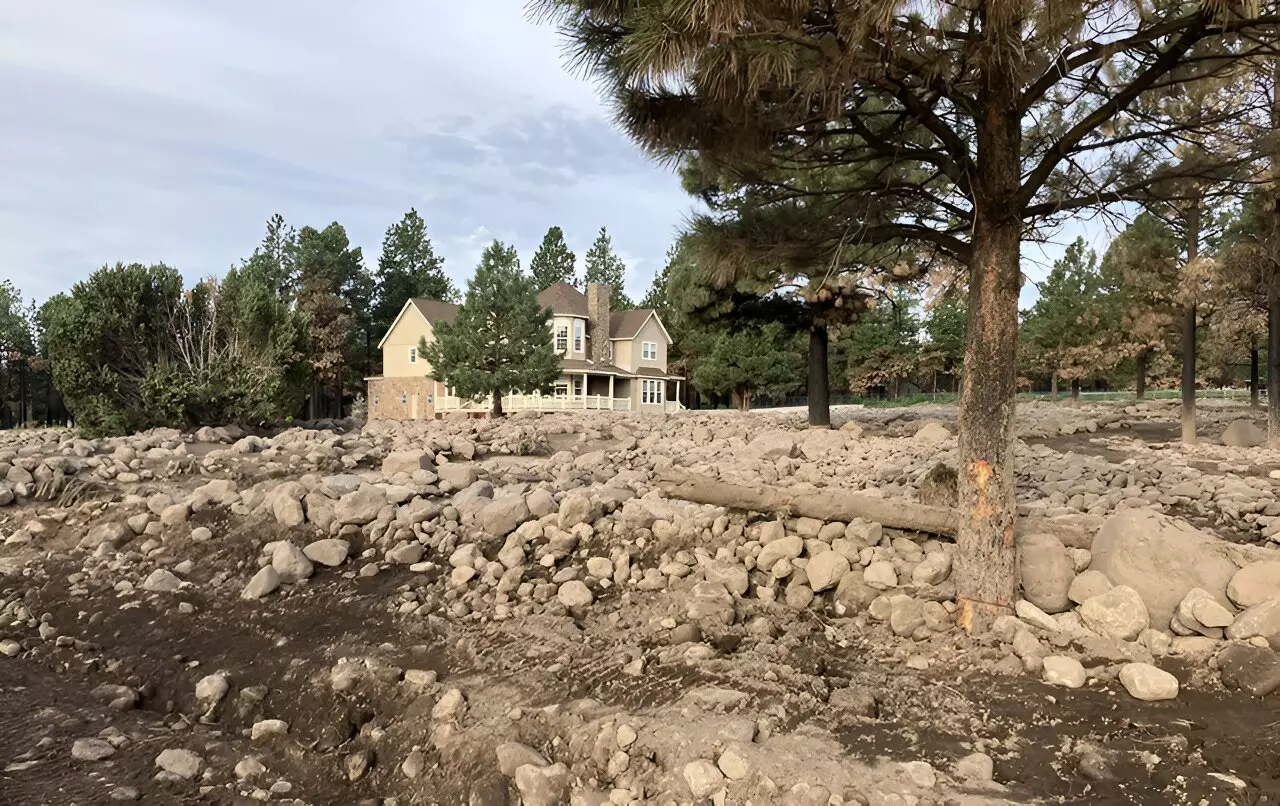Landslides and debris flows are natural disasters that can have devastating effects on communities. While wildfires may grab the headlines for their immediate destruction, the dangers are far from over once the flames are contained. Postfire debris flows (PFDF) are a hidden threat that can occur during or soon after a wildfire, causing further destruction and loss of life. These events are unpredictable and can happen with little warning, making them even more dangerous.
Recent research from the Los Alamos National Laboratory is shedding new light on landslide prediction capabilities. By improving simulation techniques, researchers are able to make predictions faster and with greater accuracy. This advancement has significant implications for communities at risk of infrastructure damage from landslides. The study, published in the journal Earth’s Future, outlines a new approach that uses modeling to predict debris flow behavior before a fire even occurs.
The researchers developed a probabilistic PFDF inundation assessment based on data collected after the 2022 Pipeline Fire in northern Arizona. By training the model on this specific event, they were able to identify key factors that indicate the likelihood of a PFDF. This information can help scientists and stakeholders take preemptive action to protect communities and ecosystems in high-risk areas.
The impact of this research extends beyond individual events. By better understanding the risks associated with postfire debris flows, communities can implement preventative measures to mitigate the potential damage. Enhancements such as increased ground cover plants, water channels, and retaining walls can all help stabilize the ground after a wildfire, reducing the risk of landslides.
In addition to improving safety in the immediate aftermath of a wildfire, these predictive models offer valuable insights for future hazard assessments. By utilizing this data, researchers can better prepare for potential postfire debris flows and develop comprehensive strategies for disaster response and recovery. This work not only enhances our ability to predict and prevent landslides but also lays the groundwork for more effective risk management in the face of natural disasters.


Leave a Reply